The John Curtin Research Centre takes its name from a labour movement great and Australia’s greatest Prime Minister, John Curtin, who bravely led the country through World War Two.
John Curtin was born in 1885 at regional Creswick in Victoria to working-class Irish-born parents who moved to Brunswick in Melbourne. With little formal schooling, he became a copy-boy. Ideas animated his life. At the local library he devoured political works, poetry, and novels.
He also played cricket and football, eventually for Brunswick firsts in the then VFA. Curtin was always in the thick of the battle of ideas. He gained a reputation as a standout Labor orator, a writer of immense talent and union official, from 1911 becoming the organising secretary of the Timberworkers’ Union in Victoria and editor of its newspaper the Timber Worker. It was Curtin who led the victorious campaign against the plebiscite on military conscription for overseas service spearheaded by the labour movement during World War One, before moving across the continent to edit the Westralian Worker newspaper, where he became active in the Australian Workers’ Union.
Having stood unsuccessfully for the federal seat of Fremantle in 1925, Curtin won it handsomely in 1928 and again the next year before being caught up in the maelstrom of the Great Depression and subsequent Labor split.. He lost his seat in the landslide defeat of Jim Scullin’s Labor Party in 1931 but won it back in 1934. When Scullin resigned the Labor leadership in 1935, Curtin won the resultant ballot by the narrowest of margins – a single seat. Upon becoming leader, at a special conference held in early 1936, Curtin managed to bring about a precarious unity in Labor’s ranks. He led Labor out of the wilderness and into minority government in October 1941, aged 56.
Curtin’s task was daunting. The economy was weak. Western Australia had voted to secede from the Commonwealth. A greater menace loomed in the form of fascism: Germany, Italy and Japan were leading the world towards another war. It was Curtin who led Australia through total war, asserting the nation’s interests by demanding Australian troops return from fighting the Middle East. He maintained Labor’s unity, a trickier task perhaps than defying the wishes of Winston Churchill.
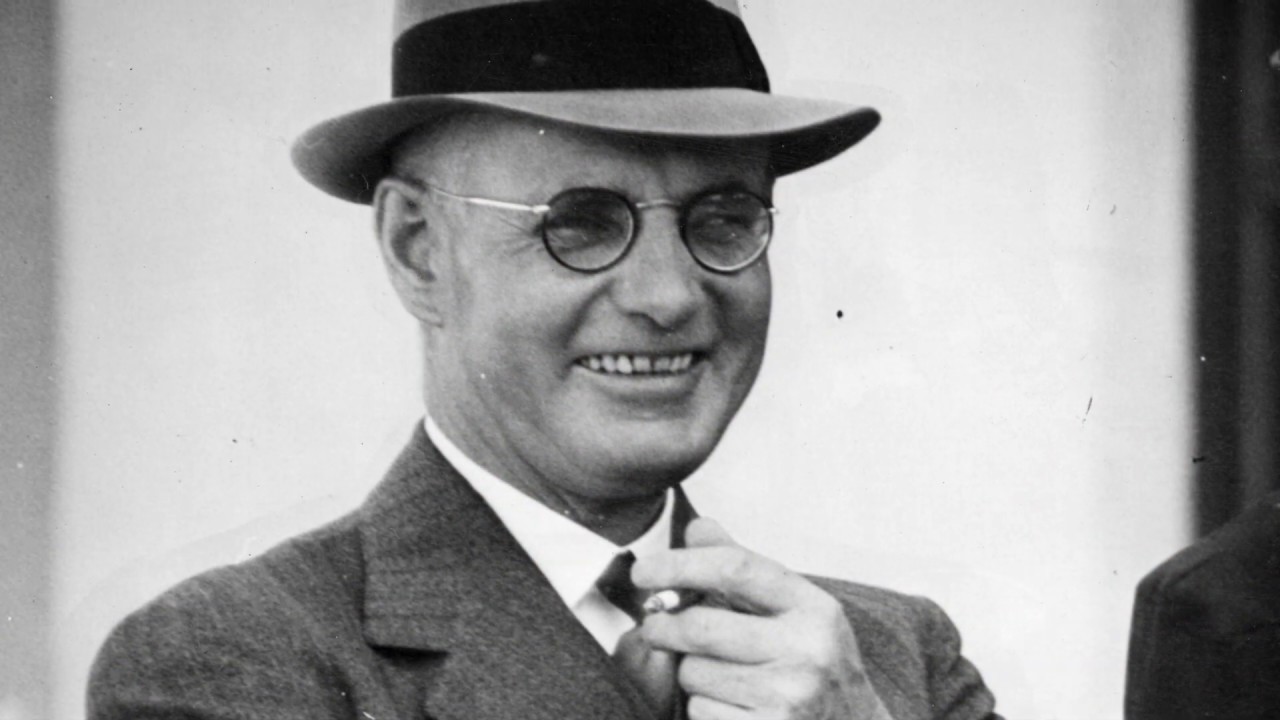

Campaigning on a platform of ‘Victory in war; victory in peace,’ Curtin’s Labor government won a landslide victory at the August 1943 election. He was denied the opportunity to pursue his vision, dying in July 1945, ‘a war casualty if ever there was one’. But he and his successor Ben Chifley laid the groundwork of a post-war reconstruction of project of creating a better, fairer Australia. Curtin’s death provoked an outpouring of grief. Though shy, Curtin liked people and they liked him. He yarned with waiters and tram conductors; his staff were devoted to him. Above all, Curtin sought national consensus, not by abandoning Labor policies, but by pushing them to the hilt. The inscription on his gravestone is apt: ‘His country was his pride; His brother man his cause.’
As Australia enters the mid-2020s facing many of the national security and economic challenges that confronted Curtin, we are inspired by his legacy of building a fairer, better Australia for all.
Read more about John Curtin’s life and times online here and here and in the following books:
David Day, John Curtin: A Life, HarperCollins, 1999.
John Edwards, John Curtin’s War Volume II, Random House, 1999.
John Edwards, John Curtin’s War Volume I, Random House, 1997.
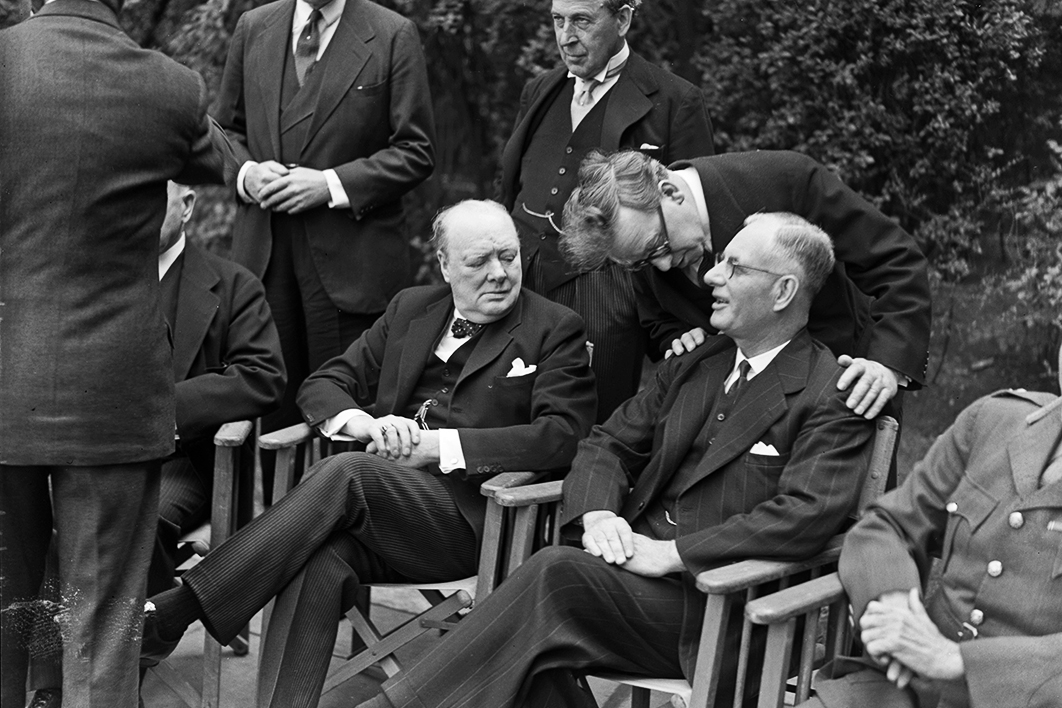
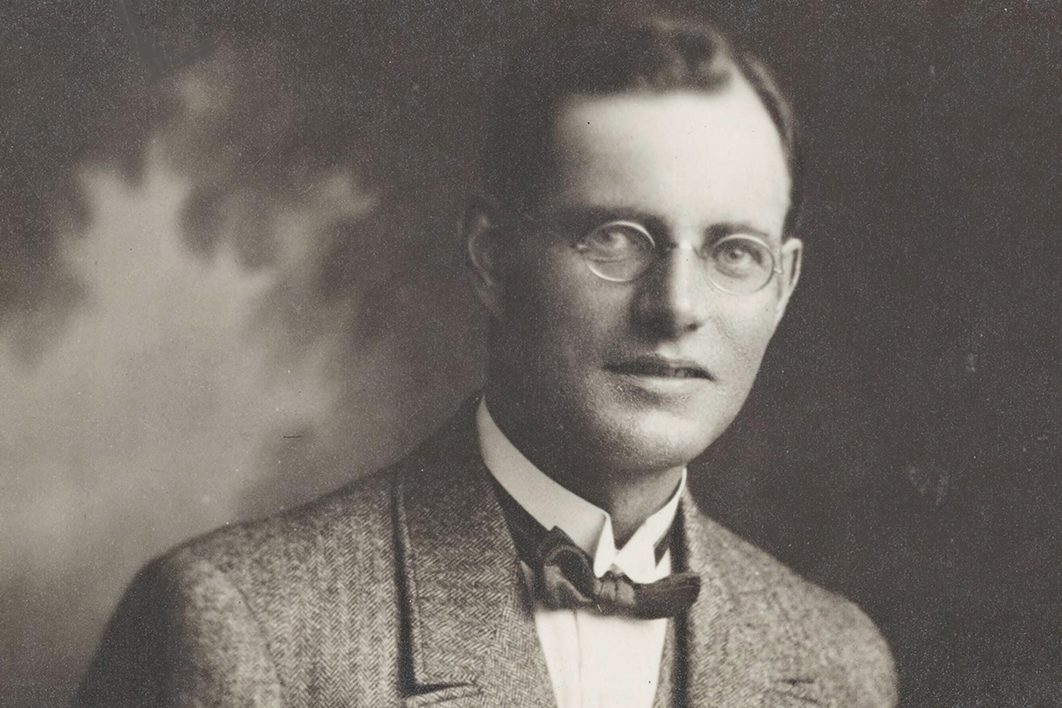
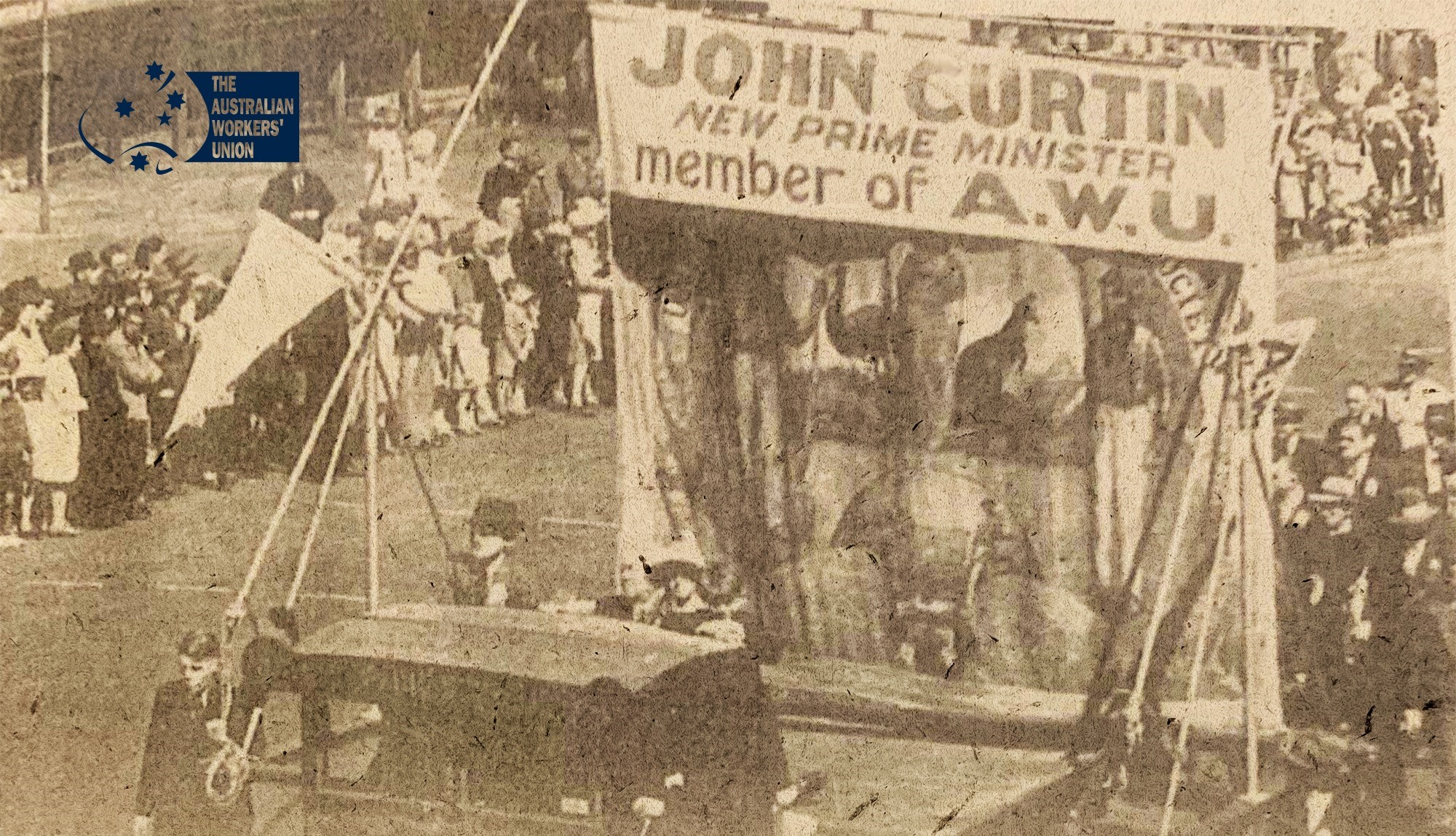
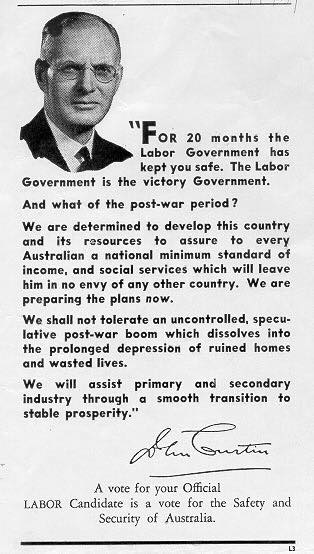
At the John Curtin Research Centre, we rely on the generosity and support of individuals like you to advance our mission of policy development and advocacy.